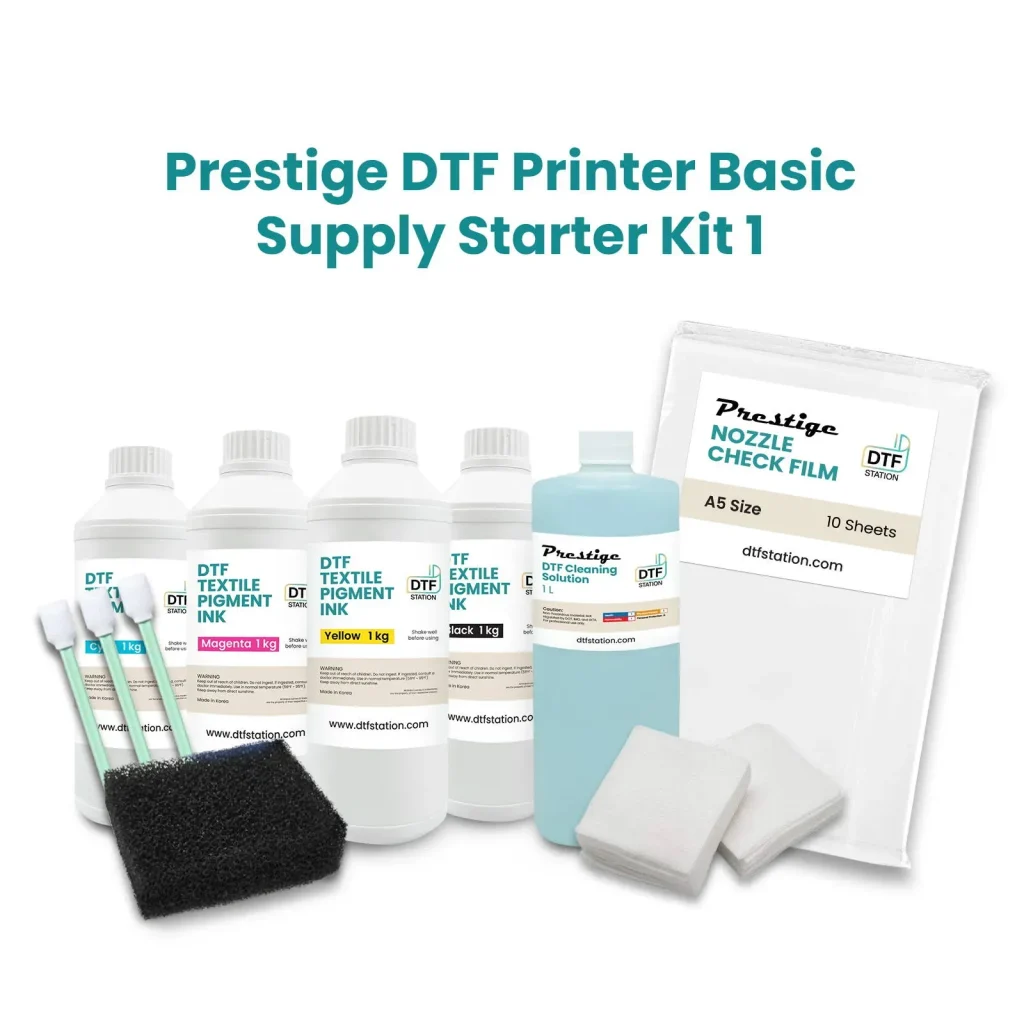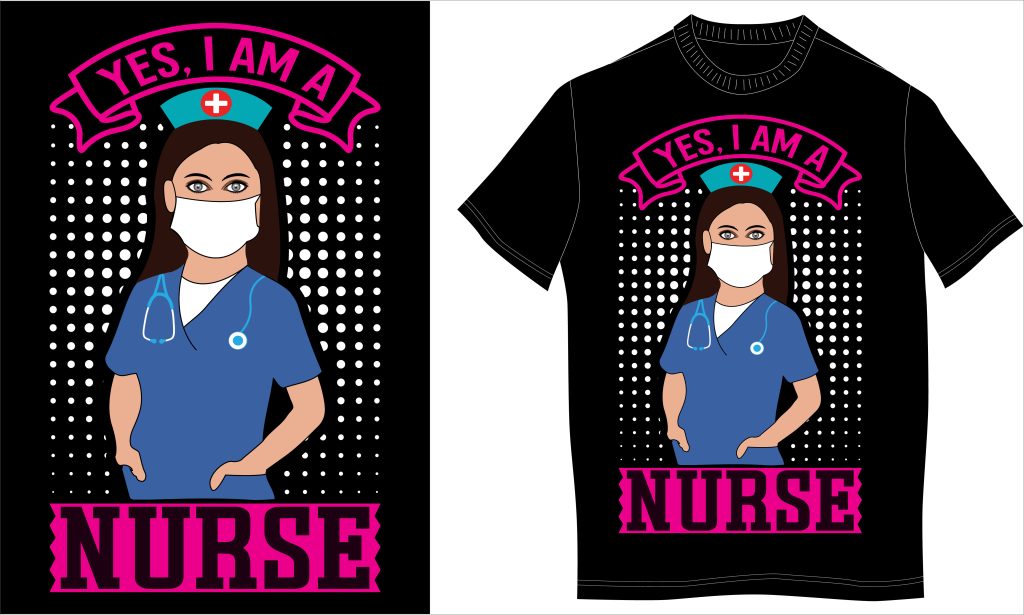DTF Supplies are essential for anyone looking to dive into the world of Direct-to-Film printing, a game-changing method for custom apparel and textile design. This contemporary printing technique enables vibrant designs to be printed directly onto a special film, which can then be heat transferred onto various fabrics. With the increasing popularity of DTF printing, understanding the key components such as DTF ink, DTF transfer film, and the right heat press equipment becomes crucial for achieving high-quality results. Businesses appreciate DTF Supplies not only for their affordability but also for their efficiency in producing stunning prints on demand. As we delve deeper into the components of DTF printing, you’ll discover how these supplies can elevate your crafting experience and cater to the growing demand for personalized designs.
The realm of Direct-to-Film printing, often referred to as DTF printing, provides a fresh perspective on how designs can be imprinted onto garments and fabrics. This innovative process involves using specialized materials, including transfer films and specific inks, to ensure that prints are both vivid and durable. Essential equipment such as heat presses enhances the application process, making it easier to achieve professional-quality results. As the custom printing industry evolves, utilizing these supplies becomes vital for businesses seeking to stand out in a competitive market. Join us as we explore the fascinating world of DTF Supplies and how they can streamline your printing endeavors.
Understanding DTF Printing Basics
Direct-to-Film (DTF) printing is an innovative technology that enables high-quality designs to be printed on a special film, which can then be transferred to fabric surfaces. This method has gained immense popularity due to its efficiency and versatility, particularly in the fashion and merchandising industry. Unlike traditional printing methods, DTF uses a combination of heat and pressure to transfer vibrant inks, allowing for a seamless integration of designs onto various materials including cotton, polyester, and blends.
The DTF process operates by first printing the design onto the DTF transfer film using eco-solvent or pigment-based DTF inks. The printed film is then coated with a layer of adhesive powder, which ensures that the ink adheres to the fabric during the heat transfer process. This technique not only allows for intricate designs but also eliminates the complexities often associated with screen printing, such as setup costs and lengthy production times.
Essential DTF Supplies for Beginners
To start your DTF printing journey, several essential supplies are necessary. First and foremost, a specialized printer that can accommodate DTF inks is crucial. Inks specifically formulated for DTF printing are designed to provide vibrant colors that maintain their quality even after multiple washes. Having the right printer ensures that you achieve optimal print quality and efficiency.
Alongside your printer, you will need high-quality DTF transfer films. This film acts as the medium through which the design is printed before application to the fabric. Quality transfer films are vital as they have excellent heat transfer properties and ensure that designs adhere well to fabrics without risk of fading or peeling, thus extending the longevity of your prints.
The Importance of DTF Inks
DTF inks play a pivotal role in the overall quality of your prints. These inks are typically water-based and formulated to provide extraordinary adhesion and color vibrancy. Unlike traditional inks, DTF inks must withstand the rigors of fabric washing and tough wear without losing their brilliance. It is advisable to invest in top-grade DTF inks to guarantee that your prints will meet customer expectations for style and durability.
In addition to vibrancy, quality DTF inks also integrate well with various substrates, allowing printers to explore a range of fabrics. Whether printing on cotton, polyester, or blended materials, the correct DTF inks will ensure compatibility and the best possible results, making them an integral part of your printing supplies.
Choosing the Right DTF Transfer Film
The choice of DTF transfer film significantly influences the final print quality. Different films have unique properties that can affect how well designs transfer onto various fabrics. It is crucial to choose a transfer film that is specifically formulated to work with your DTF inks. A high-quality transfer film will not only enhance the clarity and vibrancy of the prints but also ensure that they adhere properly during the heat transfer process.
Moreover, various types of transfer films are available that cater to specific printing needs. Some films are designed for brighter fabrics, while others work better on dark materials. Understanding the nature of the fabrics you plan to print can aid in selecting the right transfer film, which ultimately contributes to a successful DTF printing operation.
Essential Equipment: DTF Heat Press
A DTF heat press is an indispensable tool for anyone engaging in Direct-to-Film printing. This equipment is required for applying the right amount of heat and pressure needed to transfer the design from the film to the fabric. The ability to adjust the temperature and pressure settings allows for versatility across various fabric types and thicknesses, ensuring that every transfer is successful.
Investing in a premium heat press can yield improved print quality and customer satisfaction. A commercial-grade heat press designed for DTF applications will provide consistent results and durability, which are essential for a successful printing business. In this regard, selecting the right heat press can significantly impact your operational efficiency and product quality.
Maintaining Your DTF Printing Equipment
Regular maintenance of your DTF printing equipment is vital to ensure consistent quality and prolonged service life. Keeping your printer clean and using proper maintenance kits can prevent issues like clogs and misalignments that could disrupt production. Establishing a routine cleaning schedule adds longevity to your printer and enhances the clarity of your prints.
Additionally, various online resources provide tips and tutorials for maintaining DTF printing equipment. Engaging with these resources can help you discover best practices and troubleshooting techniques, ultimately leading to a more efficient DTF printing operation. Regularly checking your equipment will save time and resources over time, ensuring that your printing business runs smoothly.
Frequently Asked Questions
What are the essential DTF supplies needed for Direct-to-Film printing?
To start with DTF printing, you need several essential supplies, including a specialized printer compatible with DTF inks, high-quality DTF inks, DTF transfer film, adhesive powder, a reliable heat press, and printer cleaning supplies to maintain your equipment.
How does DTF ink differ from other printing inks?
DTF inks are specifically formulated for Direct-to-Film printing, allowing for vibrant colors and excellent adhesion to fabrics. Unlike traditional inks, DTF inks are water-based and designed to withstand multiple washes without fading.
What is the purpose of DTF transfer film in the printing process?
The DTF transfer film serves as the medium onto which your design is printed before being transferred to fabric. It is crucial to choose high-quality transfer film that is compatible with DTF inks to ensure effective heat transfer and durability of the print.
Why is a heat press important for DTF printing?
A heat press is vital in the DTF printing process as it applies the necessary heat and pressure to transfer the design from the DTF transfer film onto the fabric. A commercial-grade heat press with adjustable settings ensures successful transfers across various materials.
How can I maintain my printer for DTF printing?
Regular maintenance is essential for a printer used in DTF printing. Utilize cleaning solutions and maintenance kits to prevent clogs in the ink system, which can otherwise disrupt production and reduce print quality.
What current market trends are influencing DTF printing supplies demand?
Recent market trends in DTF printing reflect an increase in demand for custom apparel due to lower setup costs, the ability to produce short runs, and ongoing advancements in printing technology that enhance the quality and efficiency of DTF prints.
| Key Point | Description |
|---|---|
| Introduction to DTF Printing | DTF printing involves printing designs onto a specialized film, later transferred onto fabrics using heat. It is cost-effective and produces vibrant prints. |
| Essential Supplies | Key supplies include a specialized printer, DTF inks, transfer film, adhesive powder, heat press, and cleaning supplies. |
| Market Trends | The DTF printing market is growing due to lower setup costs, short run capabilities, and technology innovations. |
| Resources for Beginners | Various blogs, YouTube channels, and community forums are available for new DTF printing enthusiasts. |
| Investment Considerations | Evaluate initial costs against potential returns; conduct research and attend demos for informed purchasing. |
Summary
DTF Supplies are essential for anyone looking to dive into the realm of Direct-to-Film printing. This innovative printing method requires a set of specialized equipment and materials to achieve stunning results on various fabrics. By investing in the right printer, DTF inks, transfer films, adhesive powders, a quality heat press, and maintaining cleaning supplies, you can ensure the durability and vibrancy of your prints. As the demand for custom apparel and unique designs grows, understanding these supplies will not only enhance your production quality but also provide a competitive edge in the textile industry. Embrace the potential that DTF Supplies offer and watch your printing business flourish!



